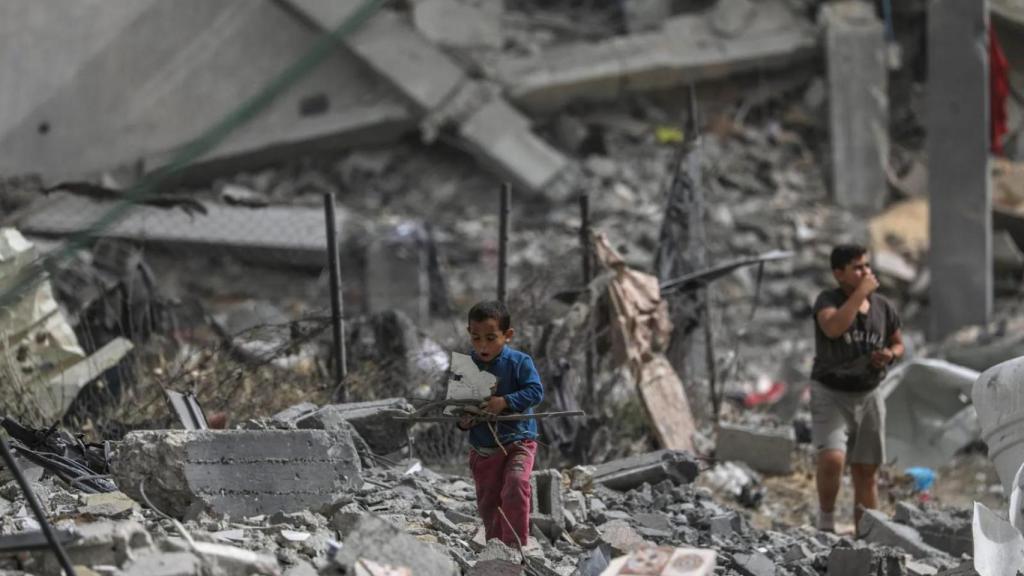More than 54,600 children in Gaza suffer from acute malnutrition, including 12,800 in serious condition and with few therapeutic options available. This is revealed by a study published this Wednesday in The Lancetled by UNRWA, the United Nations Agency for Palestine Refugees in the Middle East,
The research, carried out until mid-August 2025, analyzes acute malnutrition children’s (also known as wasting) during the war, estimates its prevalence and documents a unprecedented increase of this disease among Palestinian children after lockdown periods and the severe restrictions on the entry of humanitarian aid imposed by Israel.
Between January 2024 and August 2025agency staff examined 219,783 children between six months and five years, in numerous health centers and medical posts located in shelters and tent camps distributed in five governorates of the Strip. From these data, the researchers calculated the prevalence of acute malnutritiontaking as reference the estimated population of 346,000 children in that age range.
Based on information collected by different humanitarian organizations, this summer the UN Integrated Food Security Classification (IPC) confirmed the existence of famine in Gaza City, while the rest of the territory faced critical conditions or imminent risk of famine.
The emaciation is defined as a state in which a child is excessively thin for his height, reflecting rapid weight loss and a serious lack of energy, protein and other nutrients. This potentially fatal condition can be measured by arm circumference—as has been done for the study of The Lancet—, where a reduced diameter correlates with an extremely thin body. The affected minors require regular treatment with therapeutic foods or, in the most serious cases, hospitalization.

Children have died of hunger in Gaza.
During the 20 month surveillance periodthe number of screening tests varied between 722 and 23,651 per month. In January 2024the prevalence of malnutrition was 4,7% (34 of 722 children), increasing to 8,9% (1,281 of 14,387) in July 2024. Towards the end of that year, humanitarian aid was drastically reduced: only between 42 and 92 assistance trucks They crossed into Gaza every day, in front of the 300 a 600 that they did before the war and that, according to numerous organizations, were already insufficient. In January 2025the acute malnutrition rate shot up to 14.3%.
The blockade
He six-week ceasefire implemented in early 2025 allowed for the temporary and reduced entry of humanitarian aid, reducing wasting by 5,5% in March 2025. However, when the bloc was reestablished, the entry of food, water, fuel, medicine and other essential goods was again severely restricted. The situation lasted more than ten weeks, until the end of May.
The most recent measurements, carried out until mid-Augustshow that the 15,8% of the children evaluated had emaciationand the 3,7% was in serious condition. Extrapolated to the entire child population of Gaza, this is equivalent to more than 54,600 minors that require urgent treatmentincluding 12.800 con severe malnutritionwhose recovery is uncertain due to food shortages, the collapse of the health system and the precariousness of nutrition services.
The most serious trends were recorded in some specific areas. In Rafahsouth of the enclave, the wasting rate increased from 7,1% in April 2024 al 31,5% in January of this year, before descending to 8% in Aprilcoinciding with the ceasefire.
Shortly after, screening tests were suspended in the area. For its part, the Gaza Citythe prevalence sextupledgoing from 5,4% in March 2025 al 28,8% in mid-August, when Israel began its ground invasion of the area.

